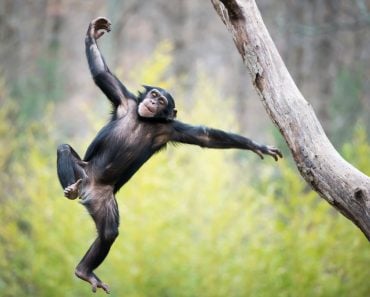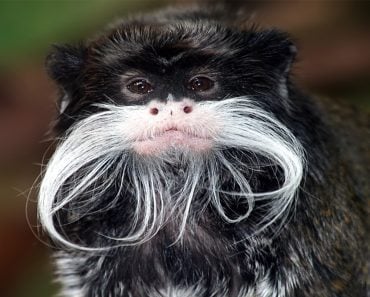Table of Contents (click to expand)
There are several theories as to why giraffes have long necks. One theory is that they need a long neck to reach high branches to get food. Another theory is that their long necks help them win fights against other male giraffes. The most recent theory is that their long necks help them mate with female giraffes.
Antelope-like animals were roaming the vast grasslands of Africa 15 million years ago. There was nothing conspicuous about them, but some of their necks were a bit long. Fast forward another 10 million years from that point. Those antelope-like animals had evolved into a species that looked very similar to present-day giraffes. Modern-day giraffe species (Giraffa camelopardalis), as they are in their form today, evolved to this form close to one million years ago. Giraffes—the tallest living terrestrial animal—stand over 5 meters tall with nearly half of their height being occupied by their neck!
The neck of a giraffe is certainly splendid to watch. Interestingly enough, their necks are comprised of only seven vertebrae, just like the human neck! The towering length endowed by nature is at once stunning and ridiculous. How could such a long anatomical structure possible evolve? For centuries, this question has vexed naturalists and scientists alike.

Recommended Video for you:
A Common School Book Explanation
To clear up the long neck conundrum, teachers at my high school took cues from Charles Darwin’s idea of natural selection and explained that, among the ancestral population of giraffes, there were some individuals that happened to have slightly longer necks than their fellow mates. This gave them the advantage of being able to reach higher branches and get more food to eat. Gradually, as a consequence, these giraffes became more successful at reproduction, as they were able to survive and prosper with their ability to reach for more food on higher branches, while the population of those with smaller necks gradually began to shrink (remember survival of the fittest?).
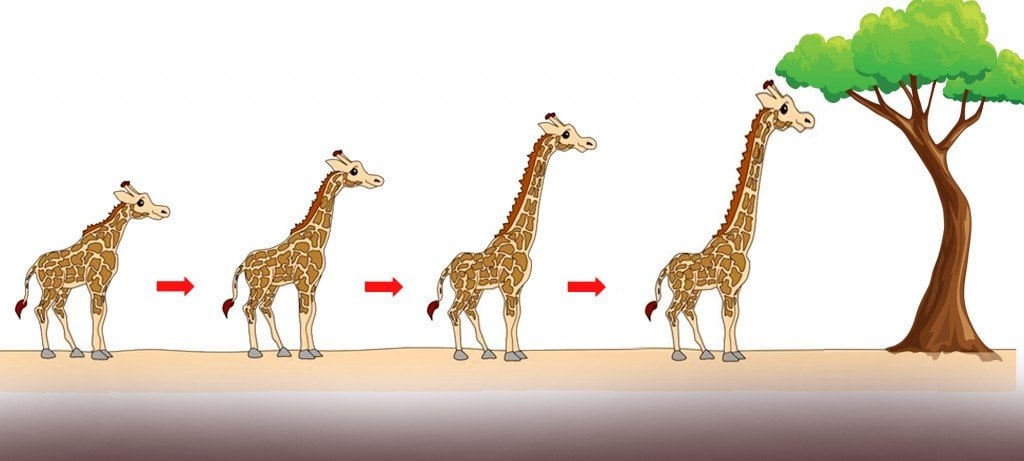
This was a simple high-feeding theory, and your high school/college teacher might have even given you that explanation. This basic reasoning can be condensed into an even simpler mathematical equation: short-necked giraffes + natural selection + time = long-necked giraffes. However, studies in recent times present a very different angle on this idea of evolution. They point out that colossal necks may have little to do with the quest for nourishment and more to do with mating predilection.
Giraffes Are Not Alone
There is no denying that giraffes have the longest necks when it comes to present-day mammals, but there have been longer necks in the past. For instance, the Mamenchisaurus dinosaurs had a neck that stretched over 10 meters long, 4-5 times the neck length of present-day giraffes.
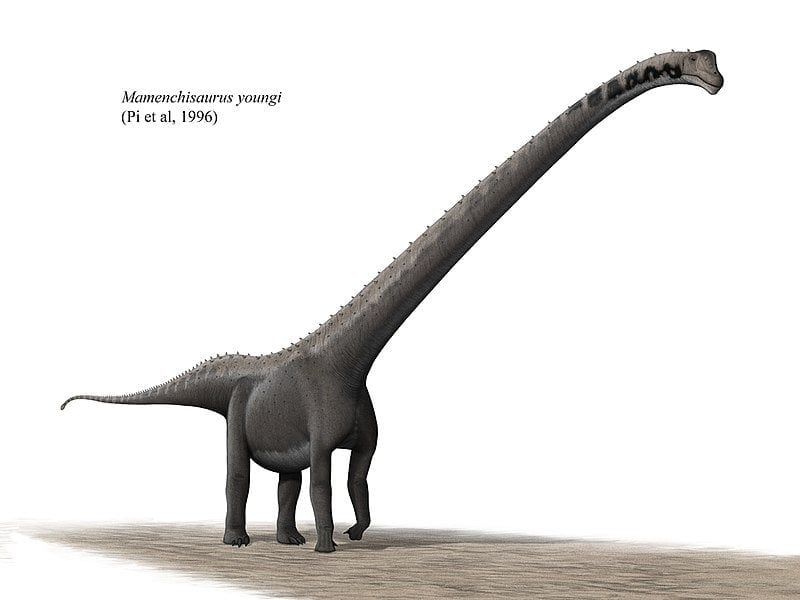
Now, such a long neck does come with its own risks. Considering that the giraffe’s brain is roughly 2 meters above its heart, the heart must be large and powerful. For the blood to reach the brain, the heart must pump that blood at a very high pressure. In fact, blood pressure in giraffes is the highest of any terrestrial animal.
Sexual Selection
The latest and rather surprising theory, which hasn’t been proposed before, is that the giraffe’s long necks are the result of sexual selection—to compete for females, male giraffes developed a long neck.
In the savannahs of Africa, it is by necking that male giraffes combat to win females. In a duel to win a female for mating, two male giraffes stand side by side, swinging the backs of their heads into one another’s bodies. Their skulls are extraordinarily thick, which equip them properly for such duels. Their heads are like powerful hammers capable of breaking the opponents’ bones!
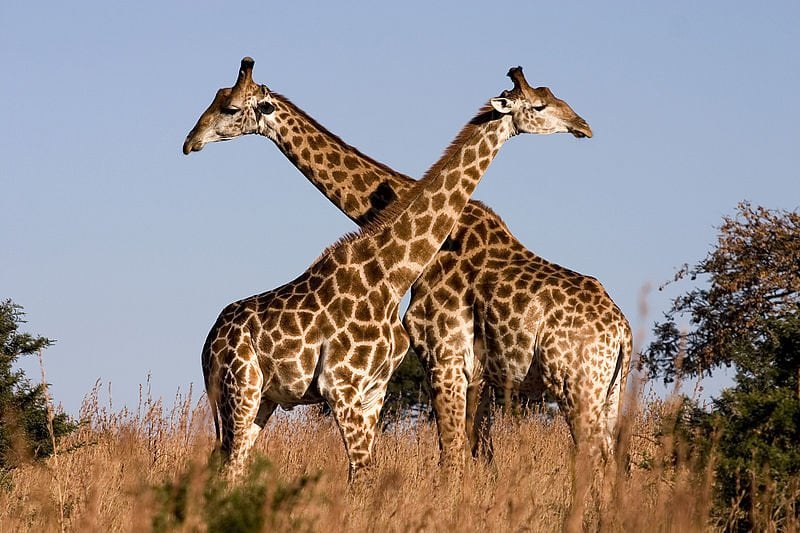
Thus, possessing a long and powerful neck would give an edge in such duels; it has been discovered that males with long necks not only tend to win more often, but female giraffes also prefer to mate with giraffes with longer necks.
This explanation also clarifies the query as to why giraffes have extended their necks so much more than their limbs. If giraffes evolved simply to reach for food on higher branches of trees, then their legs should have also lengthened, proportionate to the increase of their necks, but they haven’t.
Now, the issue with this idea is that it implies that female giraffes didn’t need to develop long necks, but that isn’t quite the case.
Simmons and Altwegg, the proponents of the “neck for sex” idea, responded to this inconsistency by contending that giraffes’ necks may have begun extending in a bid to reach higher branches to procure food, but later on, the increment of the neck would have been “hijacked” for mating purposes. Upon reaching a certain length, male giraffes could have used them for clubbing and necking, and at that point, “sexual selection” took over, propelling the necks to their current extreme lengths. To support their theory, the duo of researchers pointed to a study conducted in The American Naturalist in Namibia. This study concluded that male giraffes had heavier necks than their female counterparts (with the same body mass). This study also found that it was only in the case of males that the necks continued growing throughout their lives.
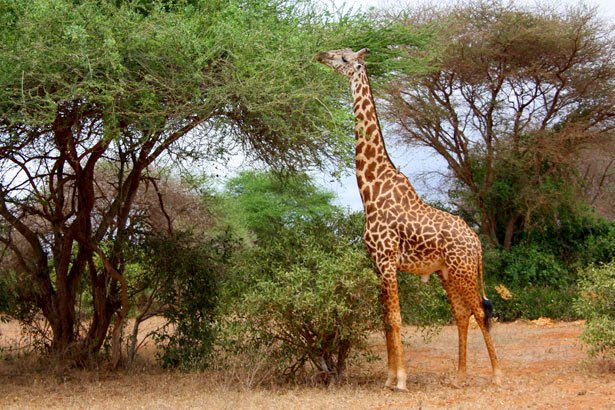
Given only a small difference in the length of the giraffe’s neck in males and females, the scientific community is not completely convinced of this idea. Thus, this centuries-old puzzle still needs more study and rigorous research to reach a definite explanation. Although it is possible that it’s one of the factors, there might be many other influences that guided the length of the giraffe’s neck to its truly exceptional size!
References (click to expand)
- Simmons, R. E., & Altwegg, R. (2010, August 27). Necks‐for‐sex or competing browsers? A critique of ideas on the evolution of giraffe. Journal of Zoology. Wiley.
- (1996) Winning by a Neck: Sexual Selection in the Evolution of Giraffe. JSTOR
- Senter, P. (2006, August 10). Necks for sex: sexual selection as an explanation for sauropod dinosaur neck elongation. Journal of Zoology. Wiley.
- Debate over origin of long necks in giraffes ( - www.lakeforest.edu


